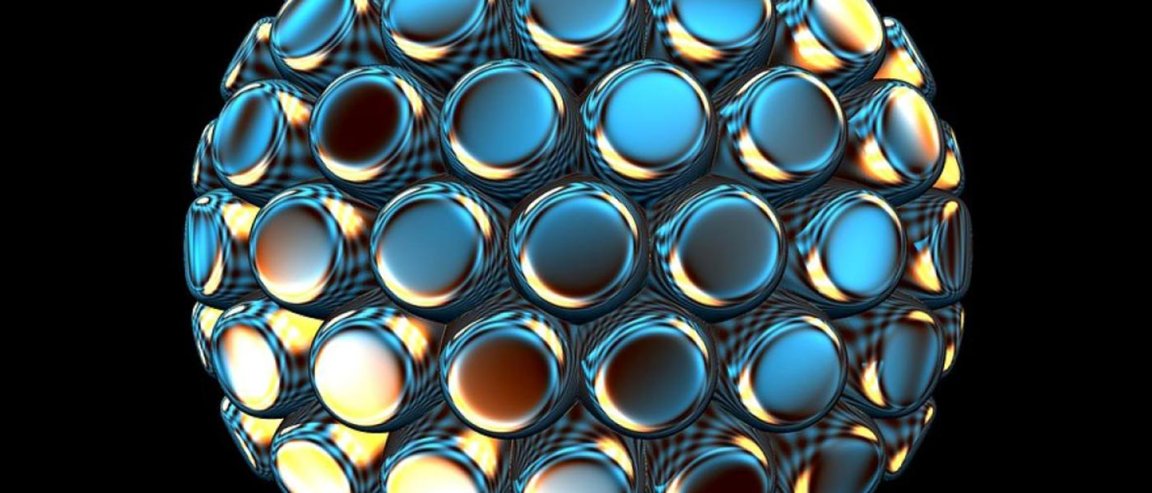
Nanopower Rising
The next significant upgrade to how our batteries work isn’t going to happen overnight. Teams have been working long hours to bring about the next power revolution. Still, the road is long, and we’ve really only just started to walk it. A major part of developing the technology to make our batteries better is being able to see the reactions that could power the devices of the future. Since these reactions are happening on the nanoscale, it takes some powerful magnification to accomplish this. A team at the Dionne lab at Stanford University are working on both issues at once.
Recent advances in electron microscopes have opened the possibility of looking at the world in scales that have never before been possible. As Jen Dionne, senior author and associate professor of materials science at Stanford, puts it, “The ability to directly visualize reactions in real time with such high resolution will allow us to explore many unanswered questions in the chemical and physical sciences.” The goal of the experiments were to see why nanoparticles may make for better batteries that charge faster, hold more energy, and can remain useful after repeated charge and discharge.

With the hopes of being able to film nanoscale reactions the team created nanocubes of palladium measuring 15 – 80 nanometers and placed them in a hydrogen gas environment. The goal was to capture an intercalation-driven phase transition. Using transmission electron microscopy and electron loss spectroscopy, the team was able to successfully capture the reaction, after much trial and error. The team next tested the reaction at much colder temperatures of 100 degrees Kelvin (-280° F) to ensure that the results of the previous tests were not influenced by the application of the electron beam. “Without these specific tools, we wouldn’t be able to introduce hydrogen gas or cool down our samples enough to see these processes take place,” said co-lead author Tarun Narayan.
Putting in the Leg Work
The advanced imaging techniques used by the team allowed them to notice a curious aspect of their findings. The nanoparticles were actually self-healing, which is a great sign for determining the longevity of such storage systems. “When you first introduce hydrogen, the particle deforms and loses its perfect crystallinity. But once the particle has absorbed as much hydrogen as it can, it transforms itself back to a perfect crystal again,” said Dione. This healing factor shows the durability of the particles and bodes well for the material’s ability to undergo repeated cycles of use and recharge.
Renewable energy will transform the ways we interact with electricity. We need to be prepared to fully harness the incredible potential of renewables. Upgrading our systems of storage is a key step in maximizing efficiency. Work, such as the research being done at Stanford, is paving the way for the developments of tomorrow. Advancing the imaging needed to fully understand the reactions that will be central to future energy storage is just as important as perfecting the chemistry.
Technology is rapidly evolving, driving both the capability and necessity of scientific advancement. As with the example set by the activities at Dionne labs, the need for better batteries is facilitated by, and requires the development of, better nanoscale imaging. Discovery begets innovation and more innovation leads to greater discovery. The future is bright.